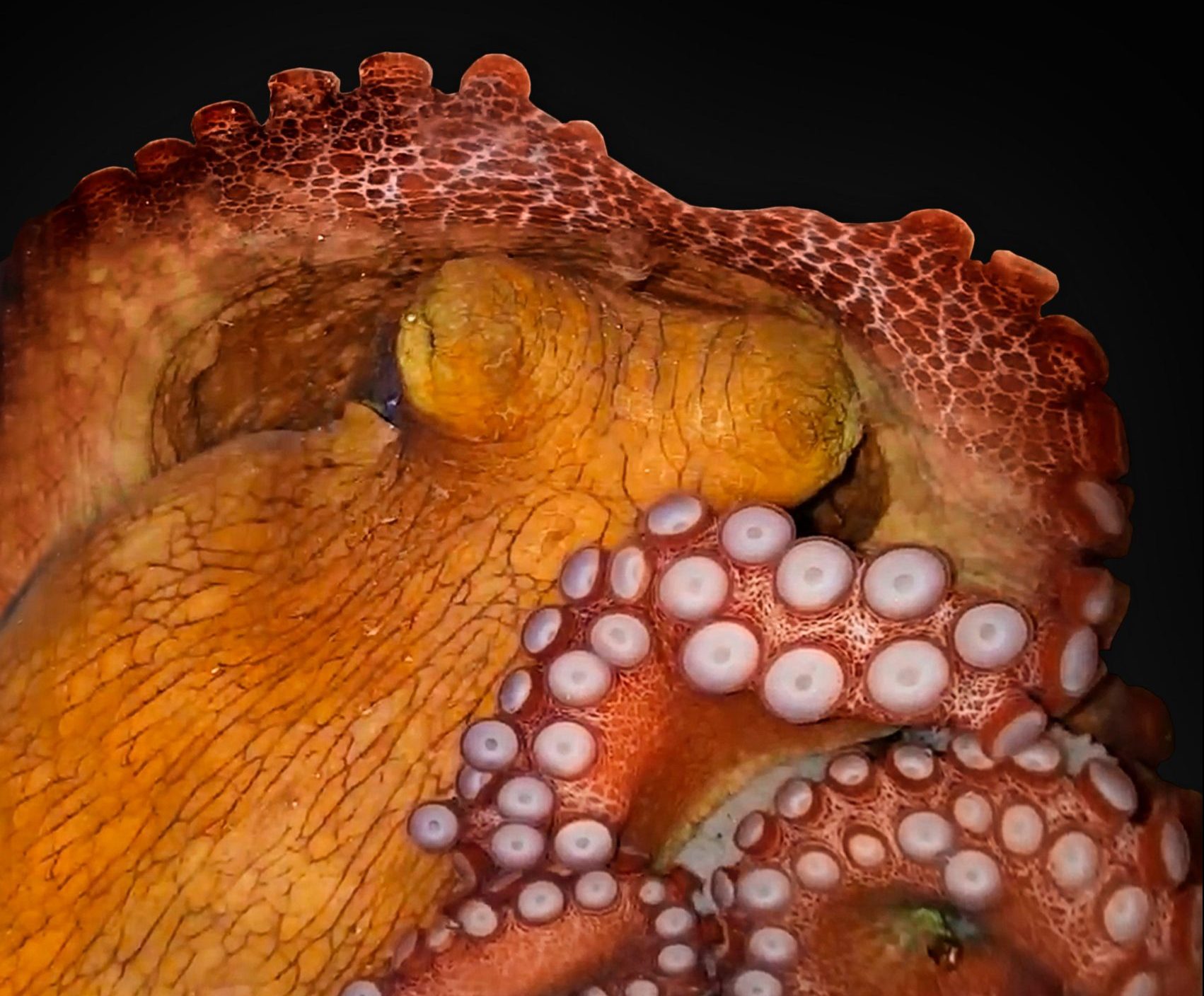(CN) — In a study published Wednesday in PLOS ONE, researchers revealed they caught octopuses throwing silt at each other — the first time this behavior has been reported in the eight-armed cephalopods. Not only are the throws purposeful, but they are usually directed at their peers.
Throwing as a behavior is mainly humanoid and is considered a crucial part of hominin evolution. However, the act has been seen in some other highly intelligent species, such as dolphins, elephants and some primates. Octopuses are known for their smarts, so it may not be surprising that they engage in such an advanced practice.
The study, led by Peter Godfrey-Smith at the School of History and Philosophy of Science at the University of Sydney, involved about 24 hours of footage of octopuses across several days in Australia, and showed 102 throwing events. The actions were intentional — an octopus would collect materials like shells and silt and eject them from its siphon. This act requires the animal to move its siphon in abnormal ways.
While both sexes tried to chuck debris at each other, it is more commonly seen in female octopuses. Just two females made up 66% of the throws. The behavior seemed to follow interactions with other octopuses — especially after touch and mating attempts. Nearly a third of the throws occurred while the animals cleaned their dens. Approximately 17% of the throws hit their target. In defense, the victim raised their arms or ducked from the impact.
Octopuses experience a range of emotions, and scientists believe that some of their color changes are a reflection of their feelings. For example, in the study researchers found that a dark-colored octopus was more likely to throw with more force and accuracy than a light-colored octopus. The study also found shells are the weapon of choice, making up 55 throws.
The scientists note octopuses are antisocial — hunting alone, aggressive with one another and occasionally cannibalistic. But more recently, octopuses have been seen practicing tolerance and signals with each other. That doesn’t mean they aren’t territorial, though, with some hits aimed at other fish and even stationary cameras.
“There is some evidence that some of these throws that hit others are targeted and play a social role,” the study authors said in a statement accompanying the study.
Subscribe to Closing Arguments
Sign up for new weekly newsletter Closing Arguments to get the latest about ongoing trials, major litigation and hot cases and rulings in courthouses around the U.S. and the world.









